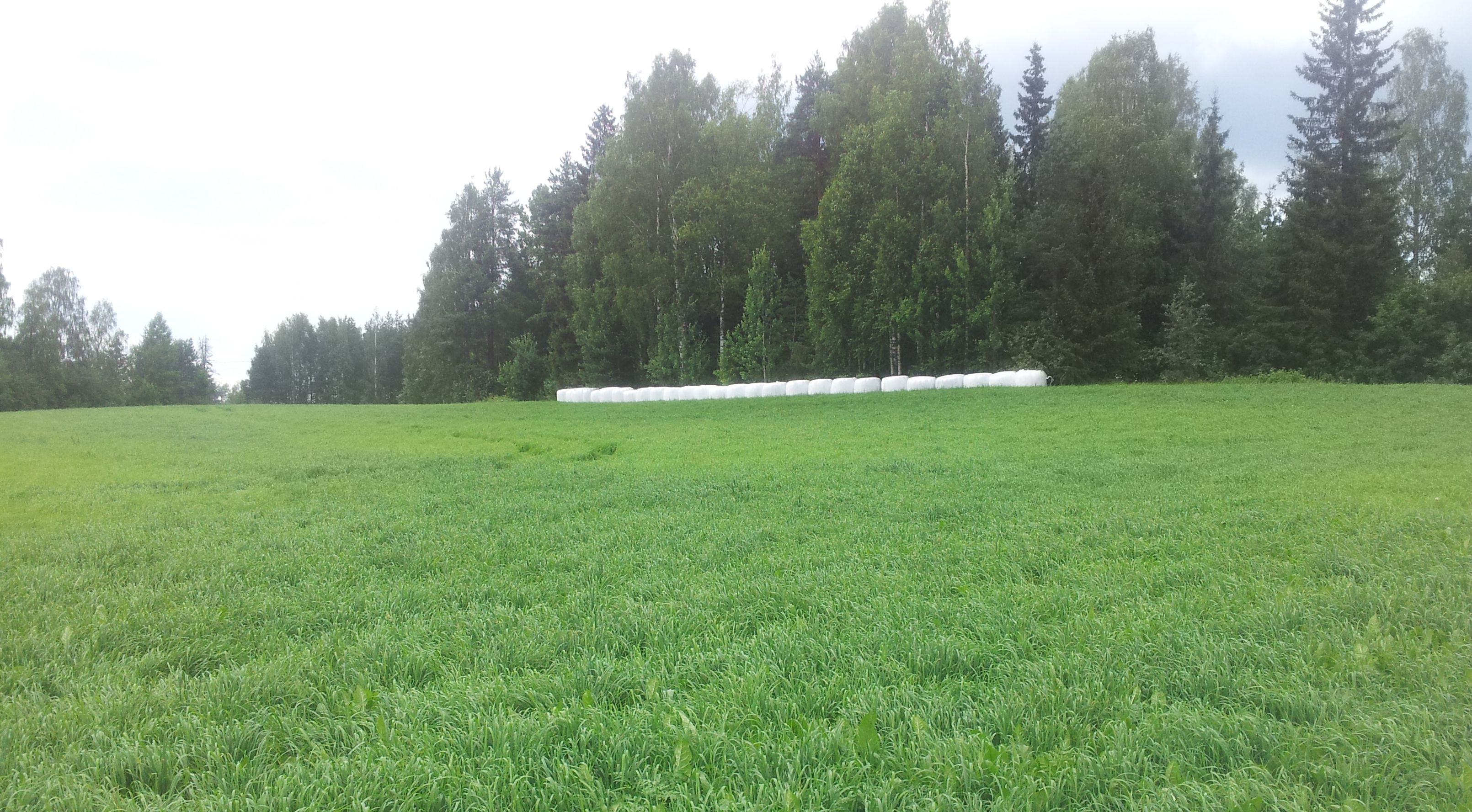Lignin, a phenolic polymer, is deposited in the secondarily thickened cell walls of certain cell types, such as water-conducting vessels and tracheids, and support-giving schlerenchyma (fibers, stone cells).
Lignin provides rigidity and structural support to cell wall polysaccharides and makes the cell walls water impermeable. Lignin constitutes 20–32% of woody plant cell walls, being the second most abundant biopolymer after cellulose. In a growing tree, wood formation with the final phase of lignin deposition occurs in a thin cell layer inside the cambium. The spatial isolation of the developing wood tissue makes the studies related to wood development difficult in muro. In my group, both native trees and a cell culture of Picea abies (Norway spruce) are used to study lignin biosynthesis. The cell culture is a unique system where some cells differentiate into tracheids (ca. 3% of total cells), whereas most of the cells remain undifferentiated. Lignin polymer with a structural similarity to native lignin is constitutively formed in the culture medium (Simola et al. 1992, Kärkönen and Koutaniemi 2010). Also oligo- and polysaccharides are released into the culture medium making this cell culture an excellent model for studies related to cell wall formation.
In grasses and cereals, a considerable portion of parenchyma cells in the outer layers of cortex become lignified during stem development. This reduces digestibility of grass material in the rumen of ruminants. The digestibility is the factor that has the strongest economical effect on milk and beef production. In a collaboration project between Natural Resources Institute Finland (Luke) and University of Helsinki, we investigated factors that affect digestibility of timothy, an important forage species in Finland. We analysed the lignin amount and its subunit structure, as well as cell wall-bound hydroxycinnamic acid content in timothy clones of differential digestibility (Kärkönen et al. 2014b).

